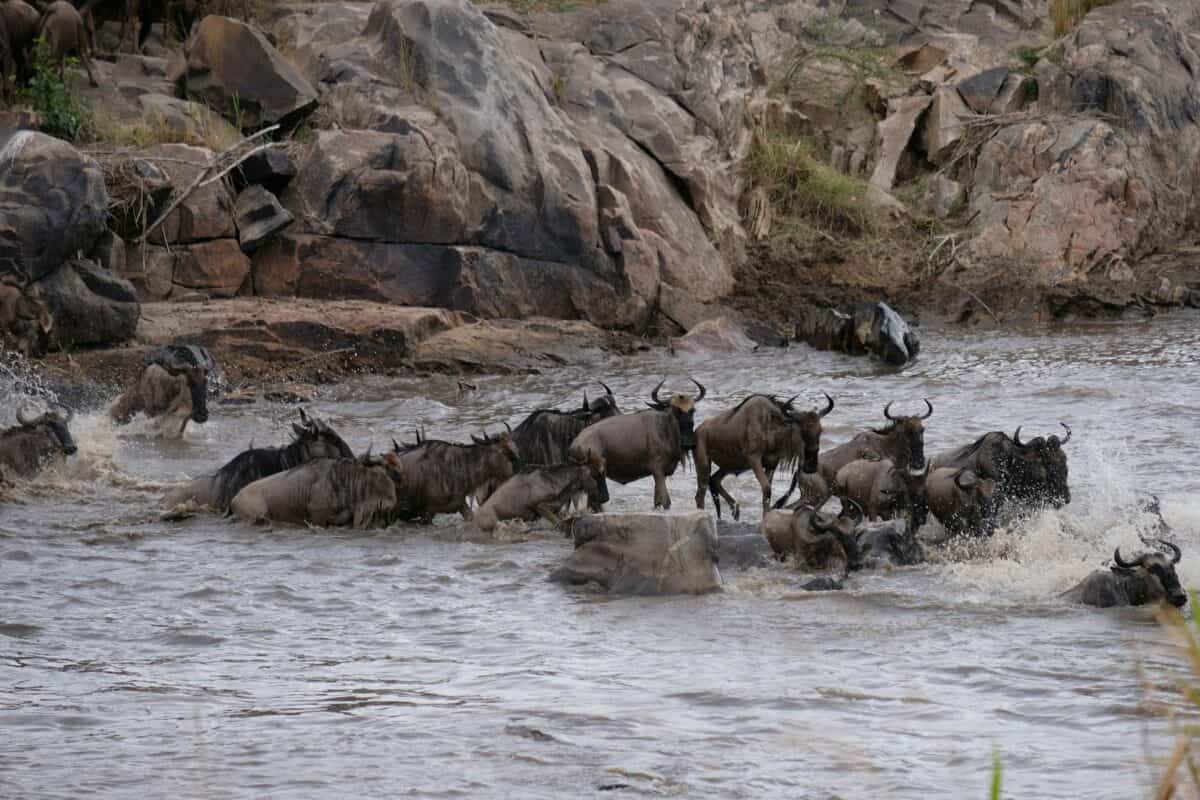The Great Wildebeest Migration is one of nature’s most spectacular displays—a continuous, cyclical movement of approximately 1.5 million wildebeest, accompanied by hundreds of thousands of zebras, gazelles, and other herbivores across the Serengeti-Mara ecosystem. This annual journey spans roughly 1,800 miles as the animals pursue seasonal rains and the fresh grazing opportunities they bring. For wildlife enthusiasts, photographers, and adventurous travelers, witnessing this remarkable natural phenomenon is often considered the ultimate safari experience. The spectacle combines breathtaking landscapes, incredible animal concentrations, and dramatic river crossings where predators lie in wait for unsuspecting prey. Understanding where and when to position yourself to witness this magnificent event requires careful planning, as the migration follows a relatively predictable pattern determined by seasonal rainfall, though exact timing can vary from year to year.
Understanding the Migration Cycle
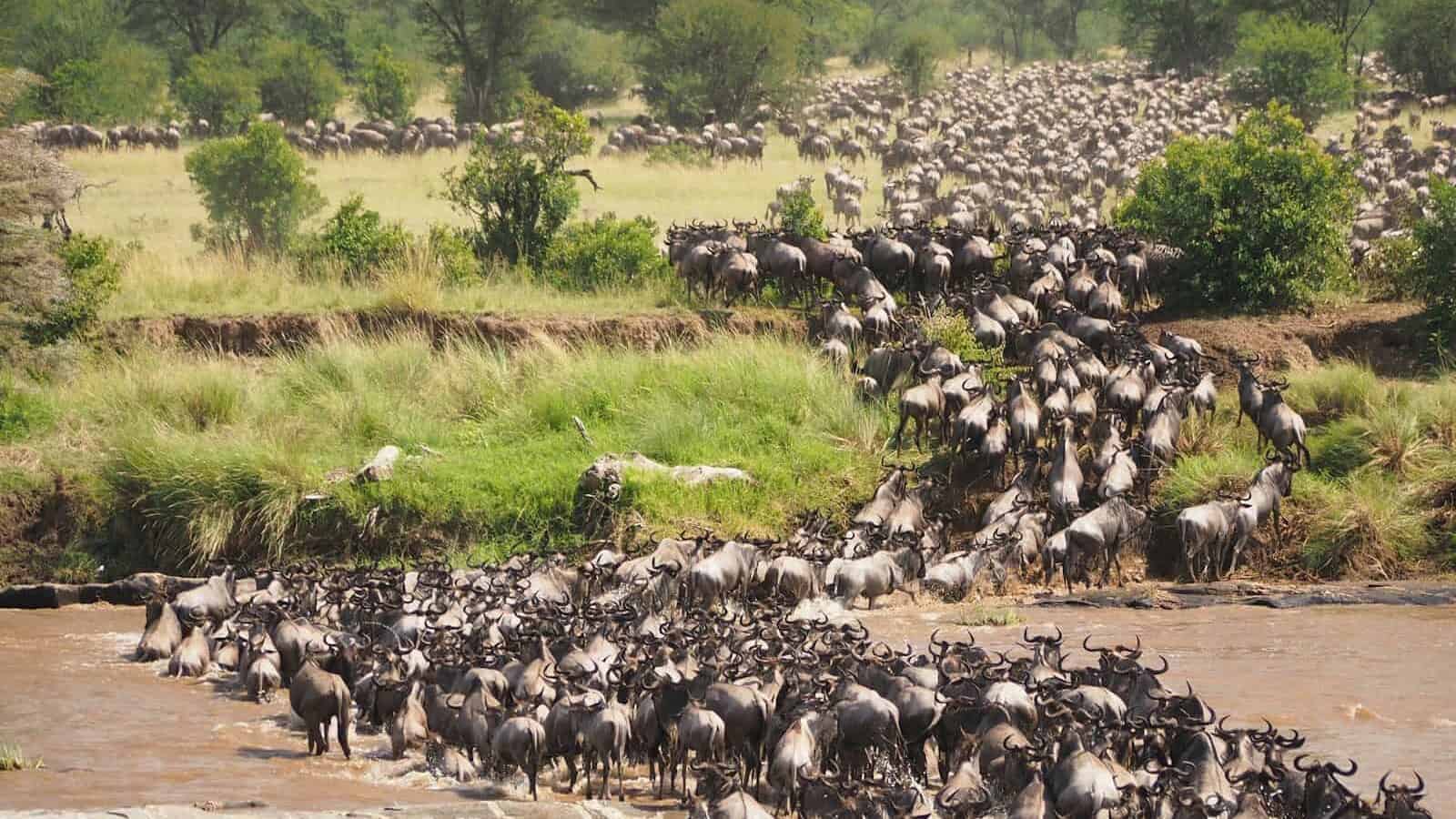
The Great Migration isn’t a single event but rather a year-round, clockwise movement through Tanzania’s Serengeti National Park and Kenya’s Maasai Mara National Reserve. This perpetual journey is driven by the animals’ search for fresh grazing and water sources that shift with seasonal rainfall patterns. The migration doesn’t follow a straight line but moves in response to weather conditions, with the massive herds sometimes doubling back if rain falls behind them.
While we can map the general pattern, nature doesn’t follow a strict calendar. Climate change has introduced greater unpredictability to the traditional migration patterns, sometimes causing the herds to arrive earlier or later than expected in certain areas. This cyclical movement means there’s no true beginning or end to the migration—just different phases, each offering unique wildlife viewing opportunities. Understanding this continuous cycle is essential for planning a trip to witness specific aspects of this natural wonder, whether you’re hoping to see the dramatic river crossings, the calving season, or the massive gatherings on the plains.
The Southern Serengeti: Calving Season (December-March)
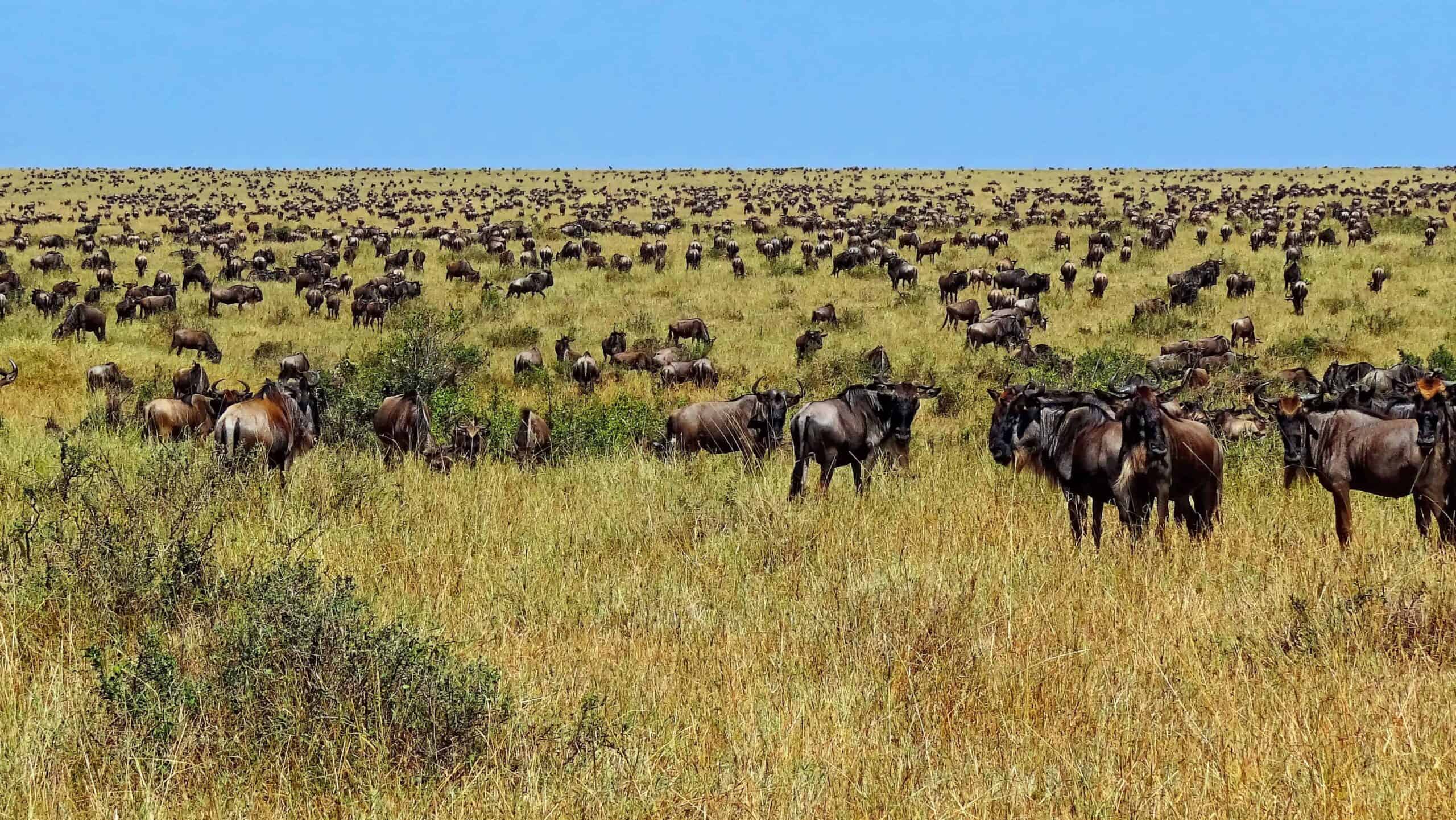
Between December and March, the wildebeest congregate in the nutrient-rich plains of the southern Serengeti and the Ngorongoro Conservation Area in Tanzania. This region provides essential minerals for pregnant females, making it the ideal location for the spectacular calving season that typically peaks in February. During a remarkable two-to-three-week period, around 400,000 wildebeest calves are born—approximately 8,000 births each day. These newborns can stand within minutes and run with the herd within days, an evolutionary adaptation necessary for survival in predator-rich environments.
This concentration of vulnerable newborns attracts numerous predators, creating exceptional wildlife viewing opportunities. Lions, cheetahs, leopards, and hyenas are frequently spotted hunting on these plains. The best places to witness this phenomenon include the short-grass plains around Ndutu, where the alkaline lakes also attract flamingos and other water birds, creating a photographer’s paradise. Accommodations in this area range from permanent lodges around Lake Ndutu to seasonal tented camps that position themselves strategically during this productive wildlife period.
Western Corridor and Central Serengeti (April-May)

As the southern plains begin to dry out around April, the massive herds start moving northward into the central and western Serengeti. This coincides with the beginning of the long rainy season, making travel more challenging but rewarding for those willing to endure occasional downpours. The central Serengeti’s Seronera Valley becomes a transitional holding area, with its permanent water sources attracting concentrations of wildlife. The landscape transforms into a lush green paradise, offering spectacular backdrops for wildlife photography against dramatic skies.
By May, many wildebeest and zebra continue westward toward the Grumeti River region. This area presents the first significant obstacle in their journey—the crocodile-infested Grumeti River. While these crossings aren’t as massive as the later Mara River events, they offer thrilling wildlife encounters with fewer crowds. The Western Corridor provides excellent viewing opportunities at places like Kirawira and the private Singita Grumeti Reserve. Visitors staying at camps along the river might witness thousands of animals braving the waters while predators capitalize on the chaos, though timing these crossings requires flexibility and some luck.
Northern Serengeti and Mara River Crossings (July-October)

The most iconic and dramatic phase of the migration occurs between July and October, as the herds reach the northern Serengeti and Maasai Mara regions. Here, they must cross the treacherous Mara River multiple times in their search for fresh grazing. These river crossings represent nature at its most raw and dramatic—thousands of animals plunge into crocodile-infested waters, creating chaotic scenes as they struggle against strong currents, steep banks, and waiting predators. Massive Nile crocodiles, some over 16 feet long and lying dormant for months, spring into action during this season of plenty.
The best locations to witness these crossings include the Kogatende area in the northern Serengeti and the Mara Triangle in Kenya. Crossing points like Paradise, Crossing #4, and Lookout Point in Tanzania, or points near Sand River and Talek in Kenya offer front-row seats to this spectacle. Mobile camps that position themselves near these crossings provide the best access, though patience is essential—herds can gather at riverbanks for hours or even days before suddenly deciding to cross. While the drama is undeniable, viewers should prepare for potentially distressing scenes as some animals inevitably fall victim to crocodiles or drown in the confusion.
The Maasai Mara Experience (August-October)
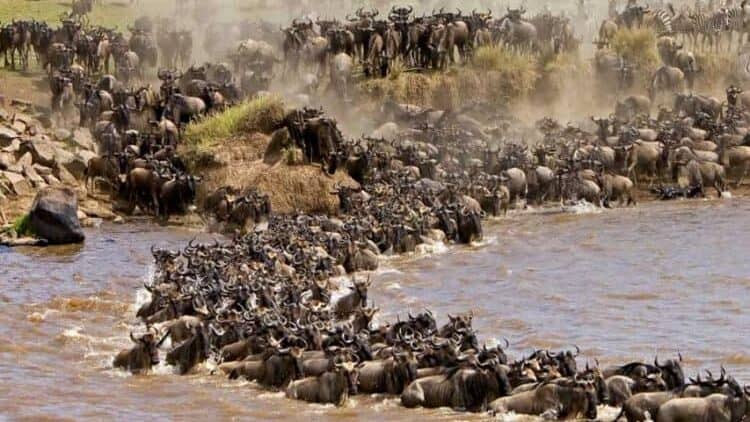
By August, large concentrations of wildebeest typically occupy Kenya’s Maasai Mara National Reserve, creating one of Africa’s greatest wildlife spectacles. The Mara’s rolling grasslands dotted with acacia trees provide the classic East African safari landscape immortalized in countless wildlife documentaries. The reserve offers excellent infrastructure with a variety of accommodation options, from luxury lodges to tented camps that bring you close to nature without sacrificing comfort. The Mara Triangle section tends to be less crowded than the eastern portions of the reserve while still offering exceptional wildlife viewing.
Beyond the migration itself, the Maasai Mara provides reliable sightings of the “Big Five” (lion, leopard, elephant, buffalo, and rhinoceros) and supports one of Africa’s highest concentrations of predators. Cultural interactions with the local Maasai communities add another dimension to the experience. However, the Mara’s popularity means it can become crowded during peak migration season, with dozens of vehicles sometimes gathering at river crossing points or around predator sightings. For a more exclusive experience, consider the private conservancies bordering the reserve, which limit vehicle numbers while still offering migration viewing opportunities.
The Return Journey South (October-November)

As October arrives and the short rains begin in Tanzania, the wildebeest start their southward journey back toward the Serengeti. This phase of the migration receives less attention than the northward movement and river crossings, making it ideal for travelers seeking a more private experience. The herds typically move through the eastern corridors of the Serengeti, areas less frequently visited by safari vehicles but offering excellent wildlife viewing in the Loliondo region and around the Ngorongoro highlands.
This transitional period features dramatic skies as thunderstorms roll across the savanna, creating spectacular lighting conditions for photography. The fresh rains transform the landscape almost overnight, with dormant grasses sprouting vibrant green shoots that attract the returning herds. Predator action remains intense as the animals, tired from their long journey, become vulnerable to ambush. The eastern Serengeti’s kopjes (rocky outcrops) provide perfect vantage points for lions and leopards to survey the passing herds. Camps in this region offer a more authentic wilderness experience away from the migration’s more commercialized hotspots.
Best Accommodation Options for Migration Viewing
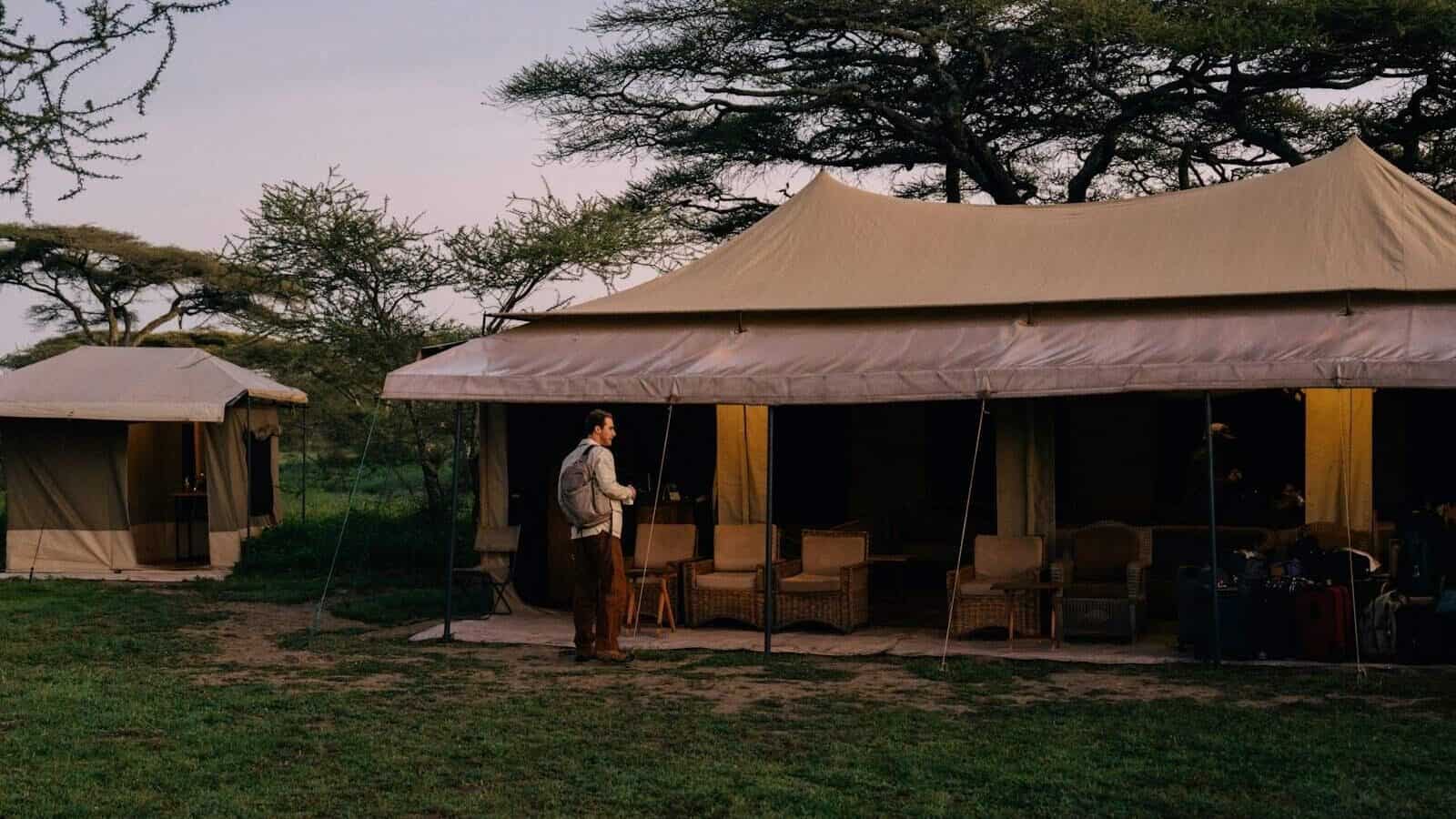
Accommodation choices greatly impact your migration-viewing experience, with options ranging from permanent luxury lodges to mobile camps that follow the herds. Mobile tented camps offer the most authentic experience, relocating seasonally to position guests in prime wildlife viewing areas. Operations like Sanctuary Kichakani, Nomad Tanzania’s Serengeti Safari Camp, and Asilia’s Olakira Camp dismantle and rebuild in new locations several times annually, following the predictable movement patterns of the herds. These camps combine comfort with proximity, often placing you within hearing distance of the grunting wildebeest masses.
Permanent lodges provide higher levels of luxury but require you to travel farther for wildlife viewing when the migration moves on. Strategic locations like Serengeti Serena Safari Lodge in the central Serengeti or Mara Serena Safari Lodge overlooking the Mara River offer year-round game viewing with seasonal migration access. For the ultimate experience, exclusive-use properties or private conservancies like Singita Grumeti, Mara North Conservancy, or Ol Donyo Wuas offer personalized itineraries, flexible schedules, and limited vehicle density—allowing for more intimate wildlife encounters without the crowds that can sometimes diminish the wilderness experience.
Photographic Considerations for the Migration

Photographing the migration presents unique challenges and opportunities that require specific preparation. The dynamic nature of the event means having versatile equipment—a telephoto lens (at least 300mm) for individual animal portraits and predator action, alongside a wider lens (24-70mm) to capture the scale of the herds against the landscape. The dramatic river crossings often happen in challenging light conditions, making a camera with good low-light performance and fast autofocus essential. Since dusty conditions are inevitable, bring adequate protection for your equipment and multiple batteries and memory cards to avoid missing critical moments.
Different migration phases offer distinct photographic opportunities. The calving season provides touching moments of mothers with newborns against green backgrounds, while the dramatic river crossings require patience and quick reflexes to capture the peak action. Consider the position of the sun when planning your game drives—early morning and late afternoon light creates the golden glow that transforms good wildlife images into exceptional ones. Professional photographers often book window seats on both sides of safari vehicles or arrange private guides who understand photographic needs and can position the vehicle optimally. Many specialized photographic safaris cater specifically to the migration, led by professional wildlife photographers who can help you maximize your opportunities.
Beyond the Wildebeest: Other Wildlife Encounters

While the wildebeest take center stage, the migration ecosystem supports an incredible diversity of other wildlife. Approximately 200,000 zebras and 500,000 Thomson’s gazelles join the wildebeest, creating a multi-species migration. Zebras often lead the way, their superior vision helping spot predators while their grazing habits complement those of wildebeest—zebras prefer longer grasses, effectively preparing the landscape for wildebeest that follow. This symbiotic relationship extends to communication about water sources and danger, creating a complex inter-species cooperation system.
The migration attracts Africa’s most impressive concentration of predators. Lion prides grow larger in migration corridors compared to other African regions, specializing in cooperative hunting techniques that bring down adult wildebeest. Leopards drag their kills into trees to avoid competition, while cheetahs use the open plains for their spectacular high-speed chases. Spotted hyenas form larger clans near migration routes, sometimes hunting in coordinated groups rather than simply scavenging. The abundance of prey also supports less frequently seen predators like African wild dogs and jackals. For birdwatchers, the migration attracts impressive raptors including multiple eagle species, vultures, and marabou storks that soar above the herds, waiting for opportunities.
Practical Tips for Planning Your Migration Safari
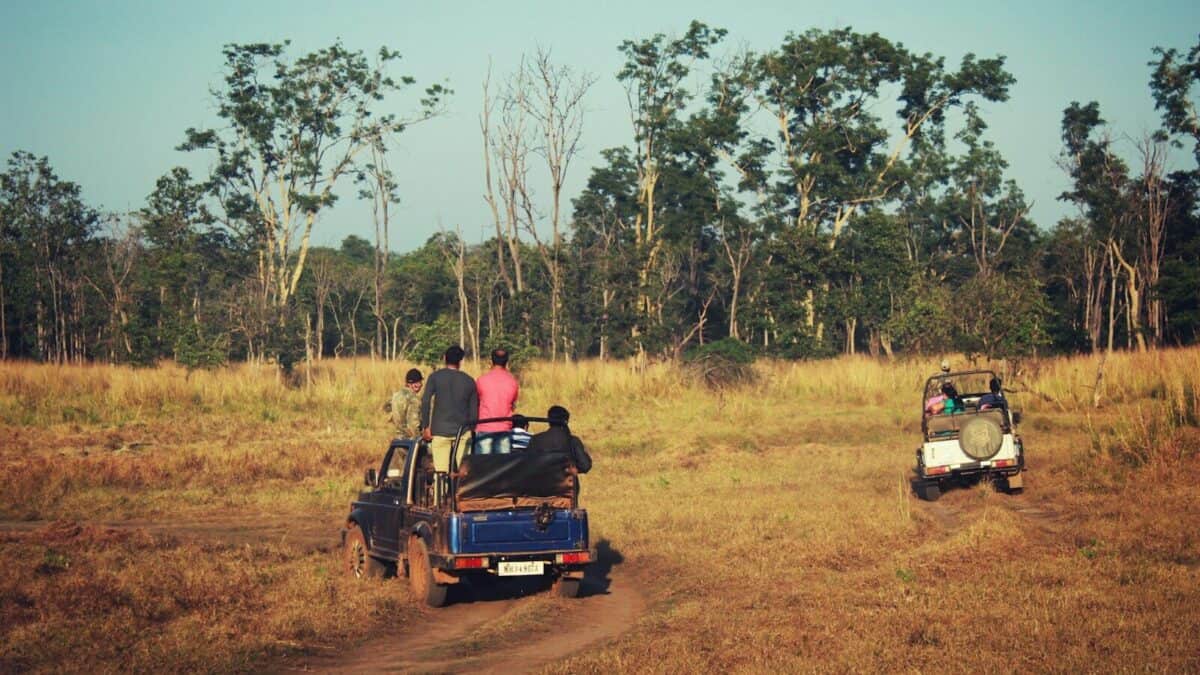
Booking well in advance is essential for witnessing the migration, as accommodations in prime locations often fill up a year or more ahead, especially during peak crossing seasons. Work with safari operators specializing in East Africa who understand the migration’s patterns and can advise on timing based on recent herd movements. Building flexibility into your itinerary helps account for the migration’s unpredictability—consider booking camps in different areas to increase your chances of encountering the herds. Spending at least three nights in each location improves your odds of witnessing significant events like river crossings that don’t occur daily.
Pack appropriately for the season, remembering that mornings and evenings can be surprisingly cool even in East Africa. Neutral-colored clothing (khaki, olive, tan) helps you blend into the environment. Bring layers to adapt to temperature changes throughout the day, and don’t forget rain protection during the wet seasons. Binoculars significantly enhance the experience, allowing you to observe distant behaviors and interactions. Health preparations should include malaria prophylaxis, updated vaccinations, and comprehensive travel insurance. Consider adding a few non-migration destinations to your itinerary—such as Ngorongoro Crater, Tarangire National Park, or Zanzibar—to experience different ecosystems and create a more diverse safari experience.
Conservation Challenges and Responsible Tourism
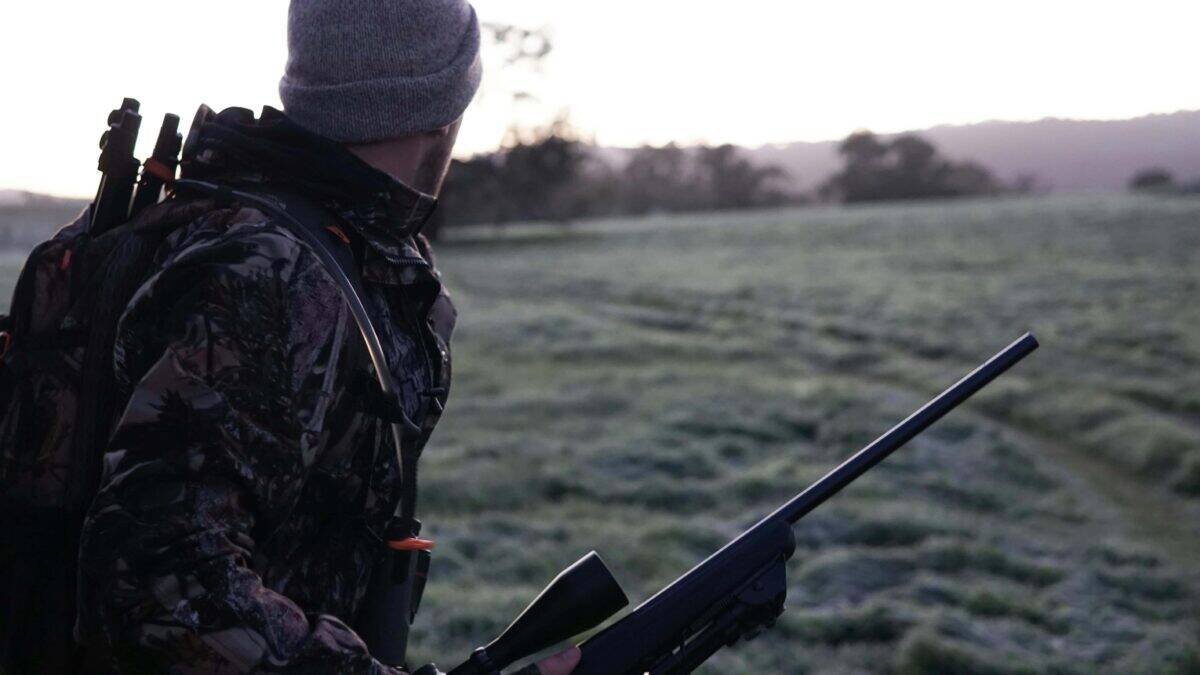
The Serengeti-Mara ecosystem faces mounting pressures that threaten the migration’s long-term viability. Human population growth around protected areas leads to land conversion for agriculture and settlement, particularly on the Kenyan side where private land ownership has fragmented traditional wildlife corridors. Climate change affects rainfall patterns, potentially disrupting the predictable seasonality that drives the migration. Infrastructure developments, including proposed roads through migration routes, threaten to bisect critical habitat. Poaching, though reduced from historical peaks, remains a concern, with wire snares set for bushmeat catching migrating animals indiscriminately.
Responsible tourism plays a vital role in preserving this natural wonder. Your safari choices impact conservation efforts—operators with strong environmental credentials typically contribute to local conservation initiatives and community development. Look for camps and lodges that minimize environmental footprints through solar power, water conservation, and waste reduction. Many conservancies bordering national parks generate income that incentivizes conservation over land conversion. Consider adding a conservation component to your trip by visiting research projects or contributing to organizations like the Frankfurt Zoological Society or African Wildlife Foundation that work to protect migration corridors. By approaching your safari with conservation awareness, you help ensure future generations can witness this extraordinary natural phenomenon.
Witnessing the Great Wildebeest Migration ranks among life’s most profound wildlife experiences, connecting us to natural cycles that have persisted for millennia despite mounting human pressures. The spectacle transcends simple wildlife viewing, becoming a powerful reminder of nature’s resilience and the complex interconnectedness of species, landscapes, and seasons. While photographs and videos capture aspects of this phenomenon, nothing compares to personally experiencing the thundering hooves, distinctive grunting calls, and dramatic life-and-death struggles that unfold on this ancient stage.
Despite careful planning, the migration’s unpredictability means every safari experience differs—what you witness depends on timing, location, and simple luck. This uncertainty, rather than diminishing the experience, adds to its authenticity and excitement. The migration teaches patience and presence, rewarding those who immerse themselves fully in the experience rather than focusing solely on specific events or perfect photographs. Whether you observe the calm grazing of massive herds stretching to the horizon, the tender moments between mothers and calves, or the adrenaline-charged river crossings, the Great Migration offers a transformative connection to wild Africa that remains with travelers long after they return home.
- The Coldest Town in America—And How People Survive There - August 9, 2025
- How Some Birds “Steal” Parenting Duties From Others - August 9, 2025
- 12 Deep-Sea Creatures You Won’t Believe Exist - August 9, 2025

